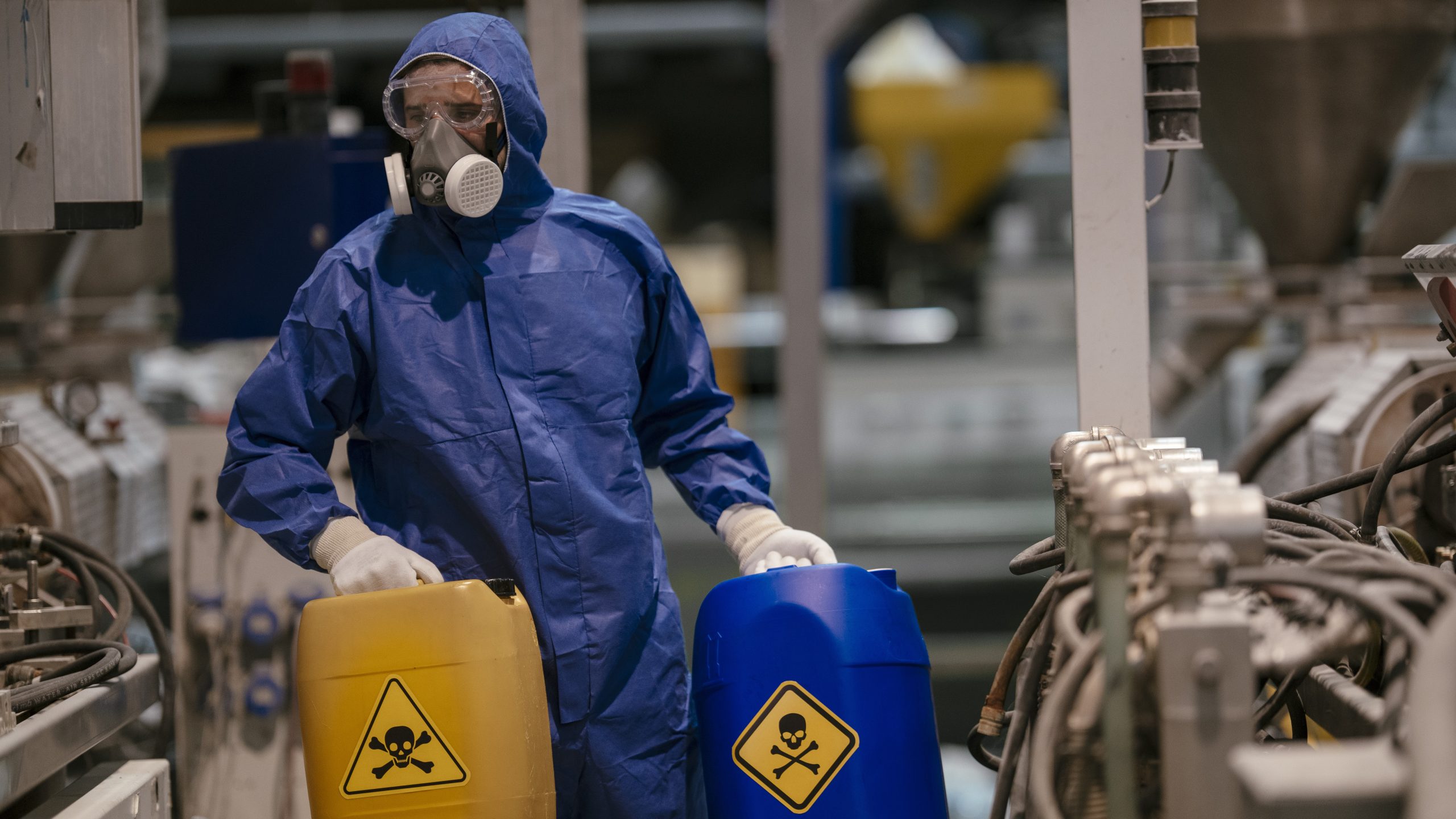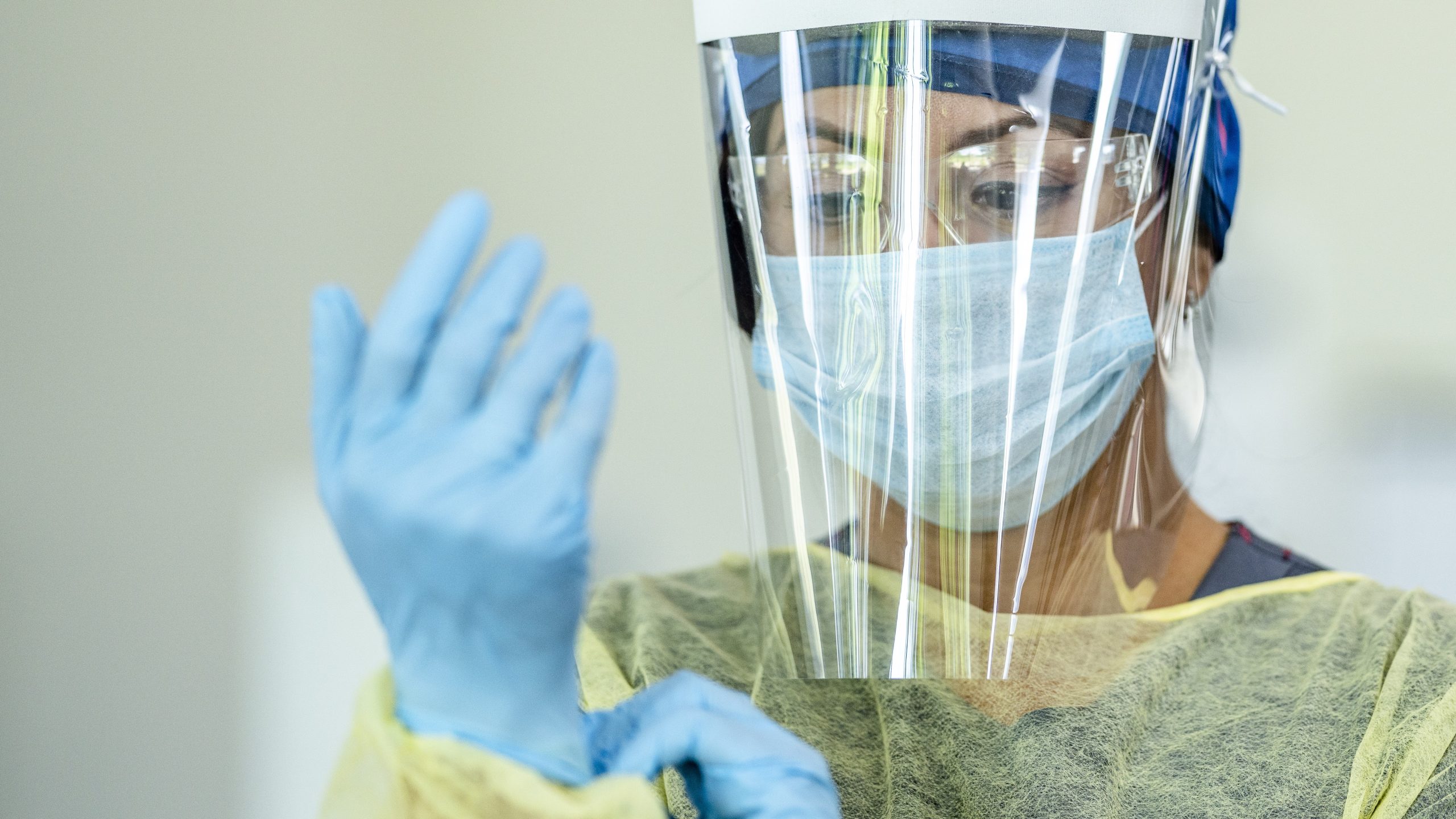Key points
- The Immune, Infectious, and Dermal Disease Prevention (IID) Program primarily focuses on hazard identification to prevent and minimize the effects of work-related dermal, infectious, and immune diseases.
- The Program conducts research to better understand the impact of occupational exposures to chemical, biological, or infectious agents.

Overview

Occupational immune, infectious, and dermal diseases are some of the most common illnesses that affect workers in the United States. Immune dysfunction includes inflammation, allergy, suppression, or autoimmune responses following exposure in the work environment. Infectious agents are organisms that are capable of producing infection or infectious disease. They include bacteria, fungi, viruses, and parasites. Dermal diseases are caused by chemicals that enter the body through the skin and injure individual organs or groups of organs.
New occupational hazards continue to emerge and require characterization to better understand the nature and magnitude of their effects on the body. The Immune, Infectious, and Dermal Disease Prevention (IID) Program works to understand the biological mechanisms that cause or worsen immune, infectious and dermal diseases. Specific understanding of mechanisms allows occupational safety and health professionals to develop appropriate intervention and prevention strategies.
Program priorities
The IID Program has selected research priorities on the basis of burden, need, and impact and collaborated with other NIOSH research programs to write research goals included in the NIOSH Strategic Plan for FYs 2019-2026. Priority areas include (but are not limited to):
- Reducing immune abnormalities (including immune aspects of asthma) associated with workplace exposures.
- Reducing workplace skin disorders and exposures that result in disease.
- Identifying and reducing exposure and transmission of infectious diseases in the workplace.
What we've accomplished
In 2022-2023, the Program:
- Completed studies to identify/explore the signs of disease involved in the immune response to the fungus Aspergillus versicolor which is found in indoor water damaged environments.
- Published research on the efficacy of ventilation, HEPA air cleaners, universal masking, and physical distancing for reducing exposure to simulated exhaled aerosols in a meeting room showing that increased ventilation and filtration, in addition to masking, may reduce exposure.
- Published the first report to describe welder's anthrax, a newly identified occupational disease, and accompanying blog.
- Published reports describing exposures to Monkeypox virus among healthcare personnel and the first occupational Monkeypox infection during the 2022 multinational outbreak.
- Contributed to the publication of recommendations for diphtheria, Group A streptococcus infection, pertussis, meningococcal disease, and rabies in CDC's Infection Control in Healthcare Personnel.
- Published guidance on reducing work-related needlestick injuries among law enforcement officers.
Future direction
In the future, the Program aims to:
- Publish a National Toxicology Program (NTP) report on the toxicity of Aspergillus versicolor following inhalation exposure in mice.
- Investigate the effects on respiratory aerosol exposure of high breathing rates such as during an exercise class, compared with lower breathing rates observed during meetings and in classes.
- Assist with planned updates to CDC's HIV occupational post-exposure prophylaxis guidelines.
- Publish data on Monkeypox virus exposures and outcomes in workplaces.
- Publish research demonstrating that dermal exposure to occupationally relevant Per- and Polyfluoroalkyl Substances (PFAS) suppresses immune function in mice.
Resources
More information on specific workplace safety and health topics and useful resources can be found on the following pages:
- Work-related asthma
- Indoor environmental quality
- Tobacco smoke in the workplace
- Skin exposures and effects
NORA Council
The IID Program helps lead the NORA Immune, Infectious and Dermal Disease Prevention Council, which brings together individuals and organizations to share information, form partnerships, and promote adoption and dissemination of solutions that work.
